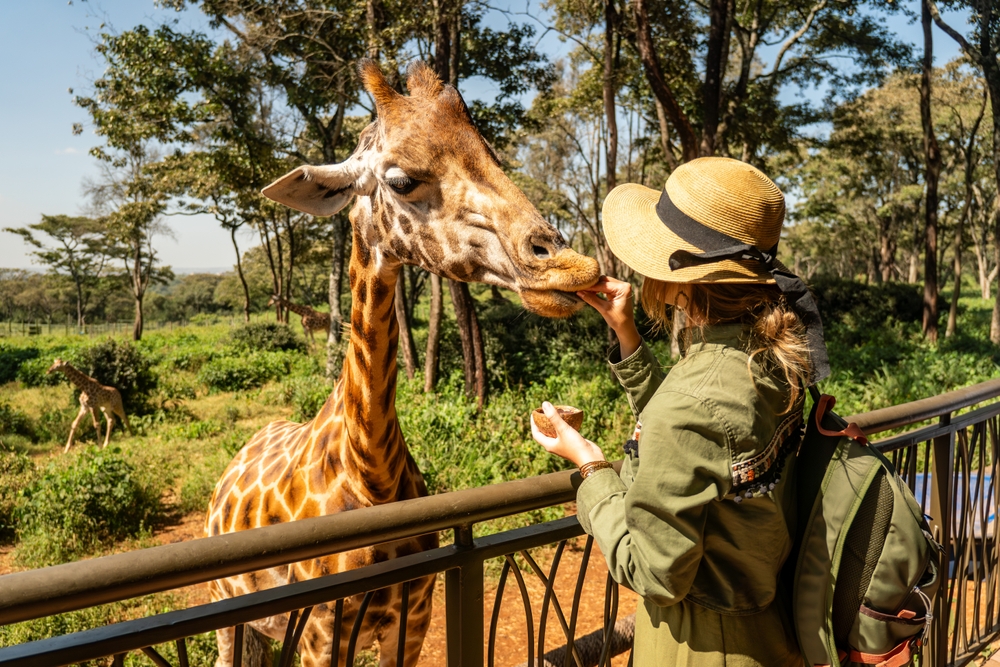Unveiling the Charm of Wildlife Safari Travel: A Comprehensive Guide
From the earliest days of mankind, there's been a fascination with wild beasts. Our ancestors painted them on cave walls, and in modern times, we capture their majesty through photography and film. The travel industry has responded to this age-old attraction by offering a unique experience that brings us closer to these magnificent creatures than ever before — Wildlife Safari Travel. This article delves deep into the world of wildlife safari travel, discussing its history, current trends, benefits, challenges, and its impact on the travelers.

The Dawn of Wildlife Safari Travel
The concept of wildlife safari travel originated in Africa during the 19th century. Originally, the term ‘safari’ referred to an overland journey, often a trip by tourists to Africa, traditionally for a big-game hunt. However, as conservation efforts increased and attitudes towards wildlife began to change, these safaris evolved into opportunities for observing and photographing animals in their natural habitat. Today, wildlife safaris are popular worldwide, not just in Africa, but also in countries like India, Costa Rica, Australia, and Canada.
Current Trends and Insights
The current trends in wildlife safari travel are driven by a desire for more immersive and ethical experiences. Many safari operators are focusing on conservation and community involvement, offering opportunities for travelers to contribute to local initiatives. Night safaris, birding tours, and underwater safaris are gaining popularity, providing unique perspectives on wildlife. Luxury safaris are also on the rise, combining the thrill of wildlife observation with the comfort of high-end accommodations and services.
The Pros and Cons of Wildlife Safari Travel
Wildlife safari travel offers immense benefits. It provides a unique, hands-on way to learn about wildlife and ecosystems. It also contributes to local economies and supports conservation efforts. However, it’s not without challenges. Ensuring visitor safety, minimizing disturbance to animals, and maintaining the integrity of natural habitats are all significant concerns.
The Impact of Wildlife Safari Travel on Travelers
The impact of wildlife safari travel on travelers is profound. It’s not just about the thrill of seeing animals in the wild. It’s about the connection to nature, the understanding of ecosystems, and the realization of the importance of conservation. The experience can be life-changing, instilling a deeper appreciation for wildlife and the environment.
A Few Words of Wisdom for Safari Enthusiasts
- Early morning and late afternoon are often the best times for wildlife viewing.
- Patience is key in wildlife safaris. It might take time for animals to appear.
- Always respect the animals and follow the guidelines provided by your guide. It’s their home you’re visiting.
- Pack appropriately. Comfortable clothing, binoculars, a good camera, and sunscreen are essentials.
In conclusion, wildlife safari travel offers a unique opportunity to immerse oneself in nature and witness the majesty of wildlife. It’s an adventure that blends education, conservation, and unparalleled beauty, making it an unforgettable experience. As travelers, it’s our responsibility to ensure that our adventures contribute positively to the ecosystems and communities we visit. Happy and responsible traveling!




